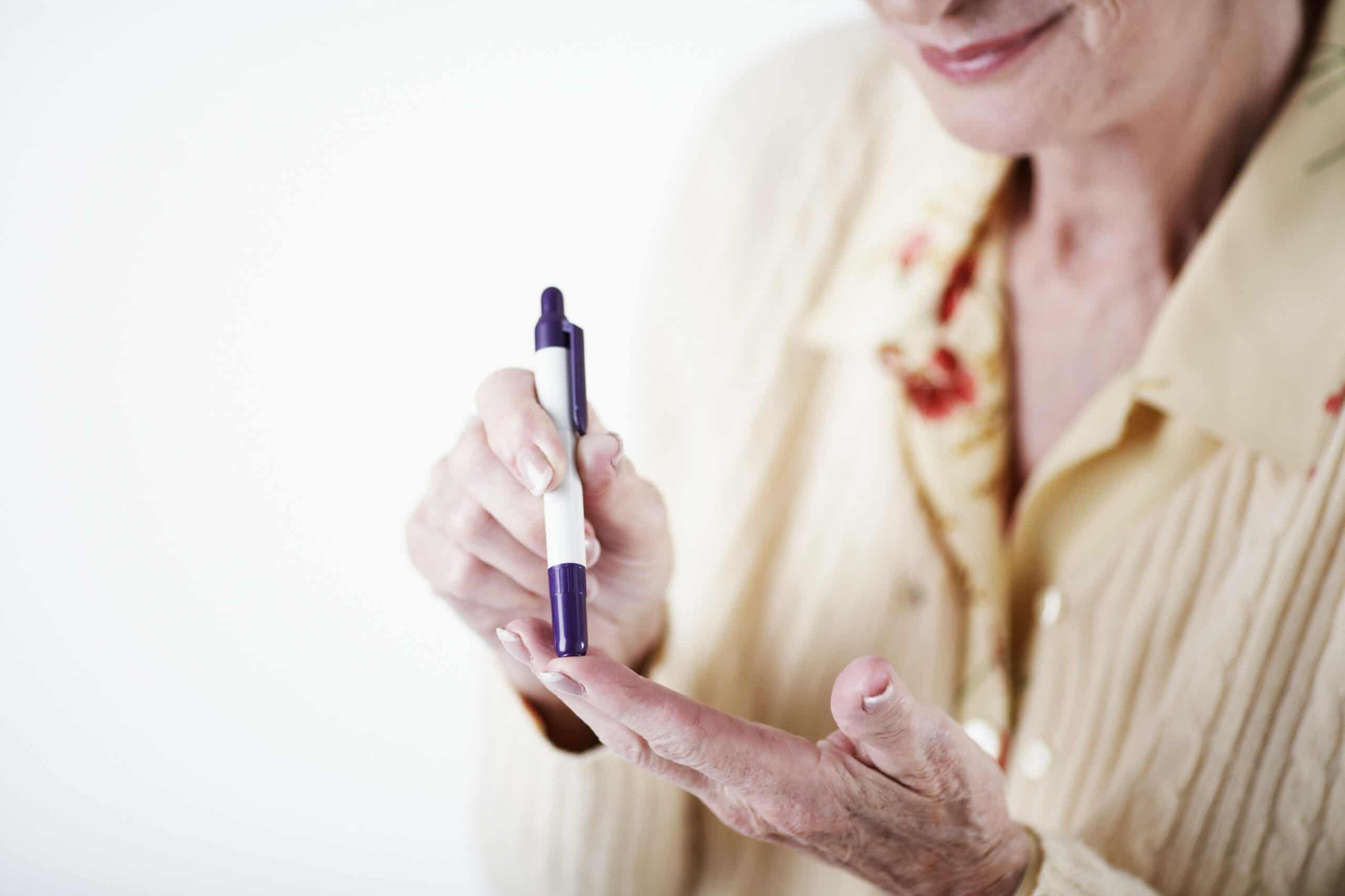
According to the American Diabetes Association, approximately 29.1 million Americans have diabetes. With such a large number, there’s a good chance that you know someone who has some form of this disease. What you probably didn’t know is that there is more than one form of this disease. Type 1 and type 2 diabetes are both forms of the same disease but should be treated and managed with separate care.
TYPE 1
What is it?
Type 1 diabetes is the less commonly known type of diabetes that is often referred to as juvenile-onset diabetes. The people diagnosed with this type are usually children and young adults. This type occurs only in 5 percent of people with diabetes. Type 1 is caused when the body does not produce insulin. Insulin is a hormone that the body uses to convert not only sugar, but starches and other foods into energy.
What are the symptoms?
Common symptoms include but are not limited to the following:
- Urinating often
- Feeling very thirsty
- Feeling very hungry- even though you are eating
- Extreme fatigue
- Blurry vision
- Cuts/bruises that are slow to heal
- Weight loss- even though you are eating more
How is it treated and managed?
Type 1 diabetes is treated through multiple daily injections with insulin pens or syringes or with an insulin pump. People with type 1 are required to monitor their blood sugar levels to make sure they are administering the appropriate amount of insulin their body needs. Exercise is just as important a factor in treating type 1. In addition to all of the typical benefits of living an active lifestyle, for type 1 people, exercise also acts as a blood sugar stabilizer.
TYPE 2
What is it?
Type 2 diabetes is the most common form of diabetes affecting millions of Americans. This type of diabetes is caused by blood sugar levels in the body rising higher than normal. This phenomenon is known medically as hyperglycemia. When affected by hyperglycemia, the body undergoes what is called insulin resistance where the body isn’t able to use the insulin it produced. Insulin is used in the body to regulate blood sugar levels by absorbing into individual cells the amount of sugar that is needed to produce energy. An insulin resistant body will have more sugar in the blood and less sugar absorbed for energy resulting in high blood sugar levels.
What are the symptoms?
People with type 1 and type 2 diabetes tend to exemplify the same symptoms with the exclusion that type 2 does not experience weight loss as a result of the disease. Additionally, tingling, pain or numbness in the hands/feet is a symptom unique to people suffering from type 2 diabetes.
How does it affect me?
This type of diabetes is known to cause eye and kidney problems, nerve damage, heart disease and stroke. In fact, two out of three people with diabetes die from heart disease or stroke resulting in more deaths a year than both breast cancer and AIDS combined. The good news is that there are ways to help prevent any problems from ever occurring by monitoring blood sugar, cholesterol, blood pressure, and following the treatments listed below.
How is it treated and managed?
This type of diabetes can be treated through the use of medications and/or insulin to help meet the target blood sugar level. This disease is known to intensify over time, so even if medications aren’t initially needed, there’s a strong possibility they will be needed later on. Another important factor in treating and managing this disease is committing to a lifestyle change. Some people with this type of diabetes can control their blood sugar levels just by eating healthy and staying active. Eating healthy includes not only eating more nutritious foods, but also controlling portions and setting a more regular meal schedule. Staying active is key for people with diabetes in order to maintain a healthy weight and to get in daily physical exercise.
Am I at risk?
Type 2 diabetes tends to occur more among African Americans, Latinos, Native Americans and Asian Americans/Pacific Islanders. This disease is also more common amongst the aged population. However, the number of youths diagnosed with type 2 continues to rise each year. If you think this may be you or a loved one, consider setting up an appointment with one of our highly trained specialists in endocrinology.
To find a physician, click here.
Source: American Diabetes Association









